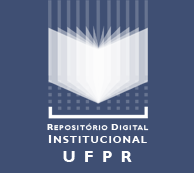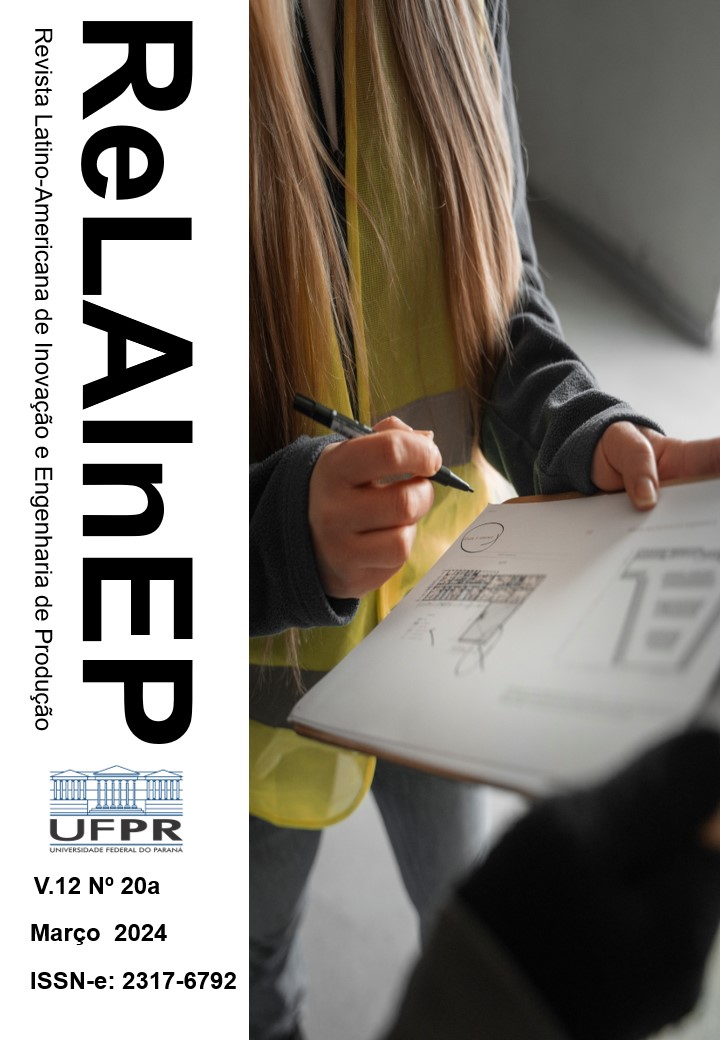DEPLOYMENT OF A VISION SENSOR AND AN EXPERT SYSTEM TO MINIMIZE PLASTIC WASTE: A CASE STUDY IN COLORED OPTICAL TUBES EXTRUSION
DOI:
https://doi.org/10.5380/relainep.v12i20.94793Palabras clave:
Cleaner Production, solid waste minimization, Industry 4.0, vision sensor, expert systemResumen
Industry 4.0 has expanded the alternatives to design more sustainable processes. Among the technologies of this industrial phase, IoT (Internet of Things) technology allows the linkage of devices that generate data at high volumes (big data), supporting the creation of Artificial Intelligence (AI) models to perform optimal operating standards to minimize waste in the production. By means of vision sensor and AI deployment, this study aimed to reduce the polybutylene plastic waste in an extrusion line of colored tubes, in which most of the waste is generated during the color transition. For that, a vision sensor that transfers the tube color in real-time was installed, which made it possible to set acceptance ranges for the standard colors of the tubes based on the elicitation of the operators' knowledge. These ranges allowed the setup of an expert system that warns the operator, by a light signal, the right time to start the production. The suggested technology demonstrated to be 11.47% more efficient in waste reduction in color transitions. It also allowed the identification of the requirements for the deployment of this technology in plastic extrusion, so it can promote overall waste reduction, which requires improvements in operation, standardization, and employee training.
Descargas
Publicado
Cómo citar
Número
Sección
Licencia
Los autores que publican en esta revista concuerdan con los siguientes términos:
1. Autores mantiene los derechos de autor y conceden a la revista el derecho de primera publicación, con el trabajo simultáneamente licenciado bajo la Creative Commons - Atribución-NoComercial 4.0 Internacional que permite el compartir el trabajo con reconocimiento de la autoría y publicación inicial en esta revista.
2. Autores tienen autorización para asumir contratos adicionales por separado, para distribución no exclusiva de la versión del trabajo publicada en esta revista (por ejemplo, publicar en repositorio institucional o como capítulo de libro), con reconocimiento de autoría y publicación inicial en esta revista.
3. Los autores tienen permiso y son estimulados a publicar y distribuir su trabajo en línea (por ejemplo, en repositorios institucionales o en su página personal), ya que esto puede generar cambios productivos, así como aumentar el impacto y la cita del trabajo publicado (ver El efecto del acceso libre).
Para ello, se debe DESCARGAR EL FORMULARIO, firmar y cargar como Documentos Suplementarios con el título "Declaración del autor", junto a la sumisión del artículo.




